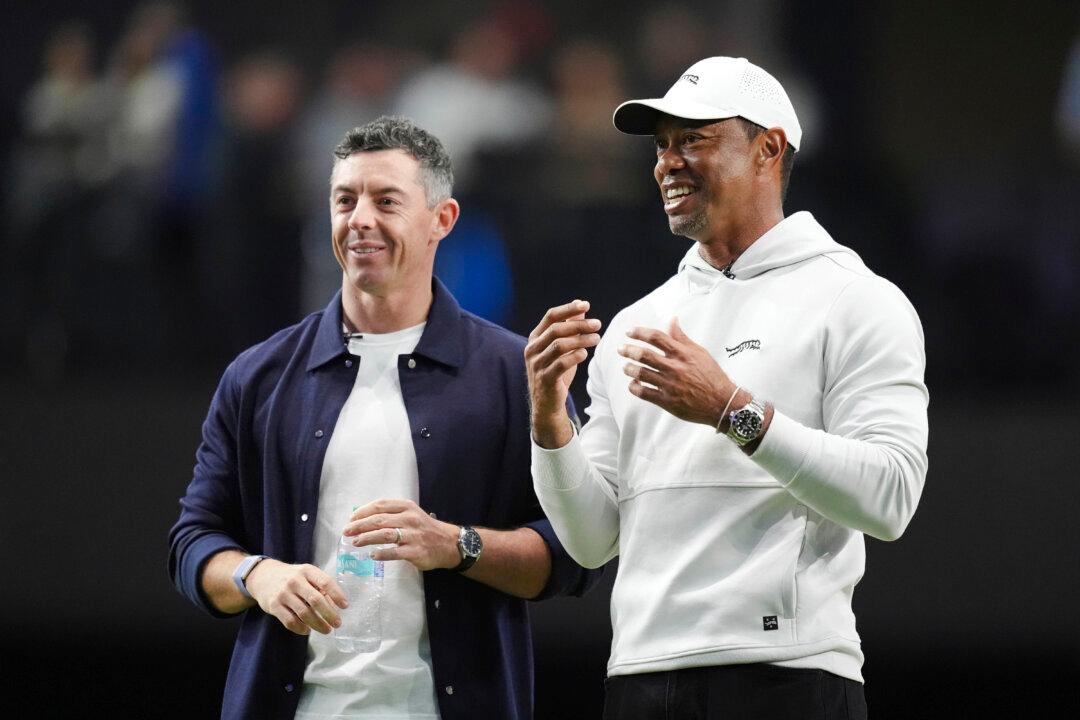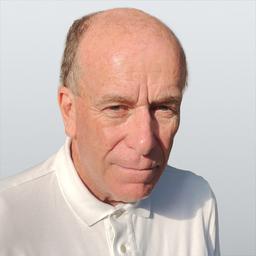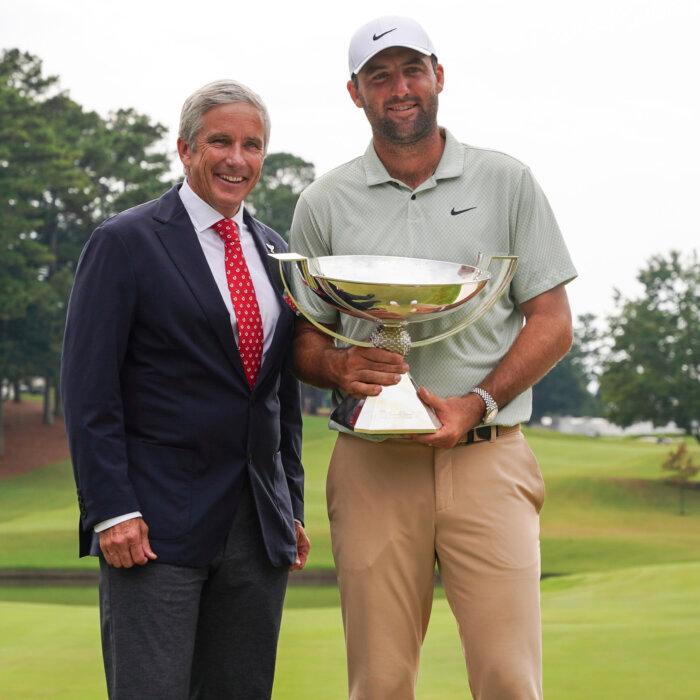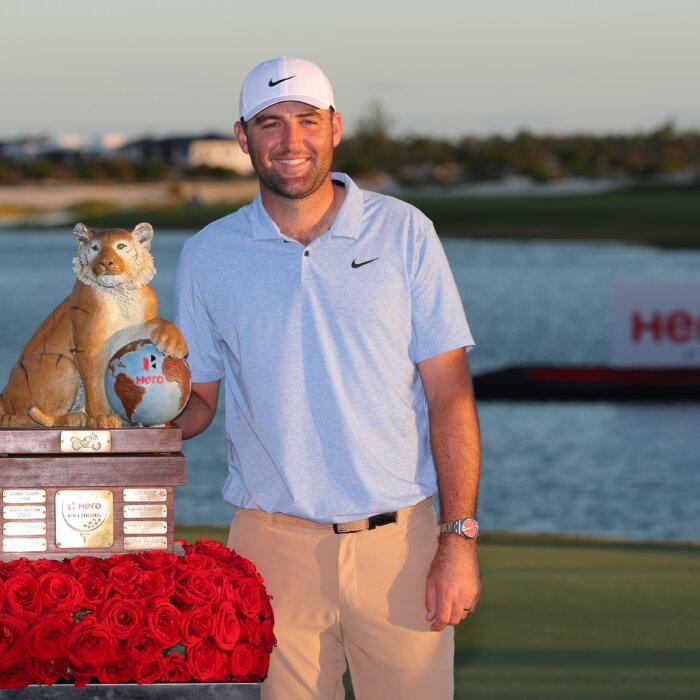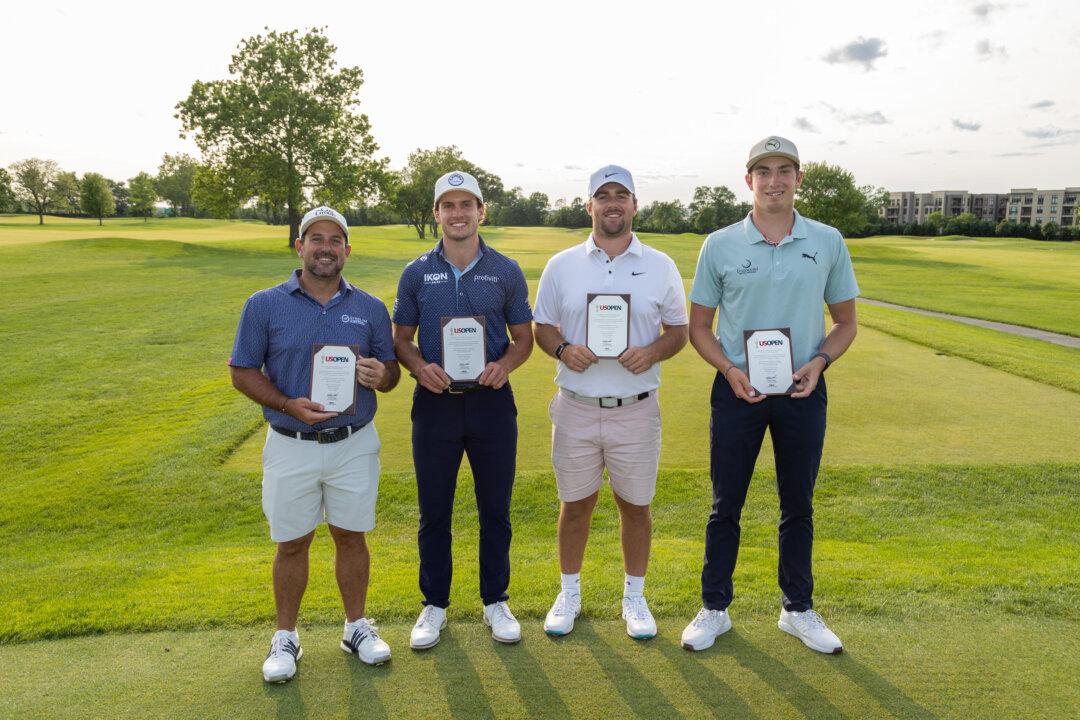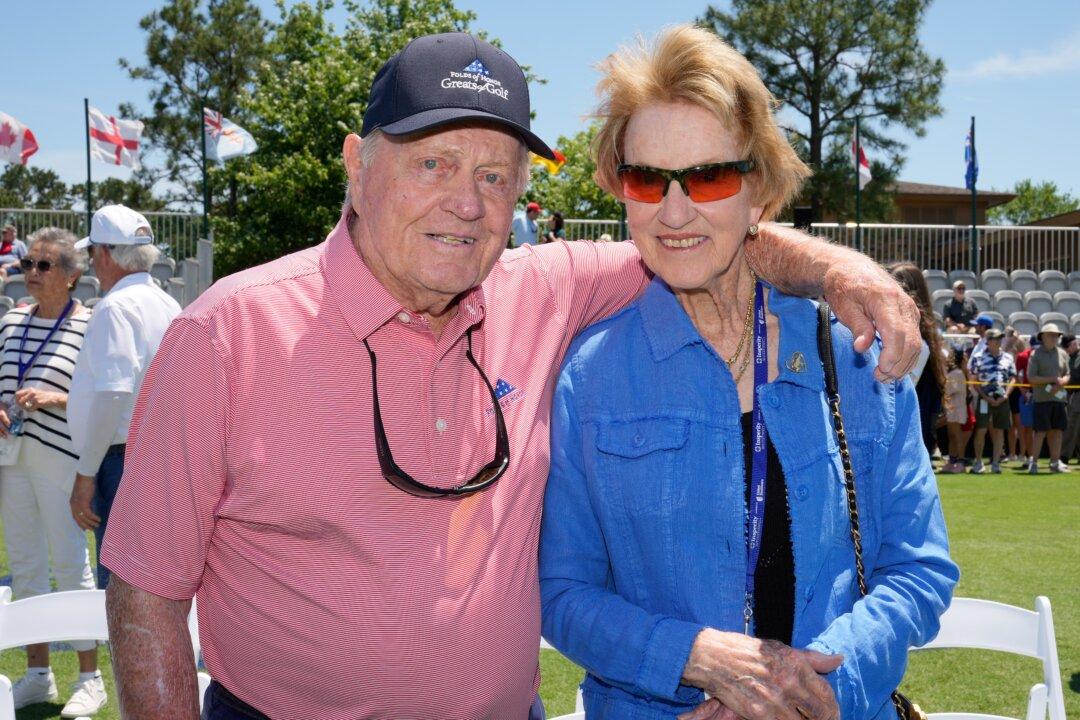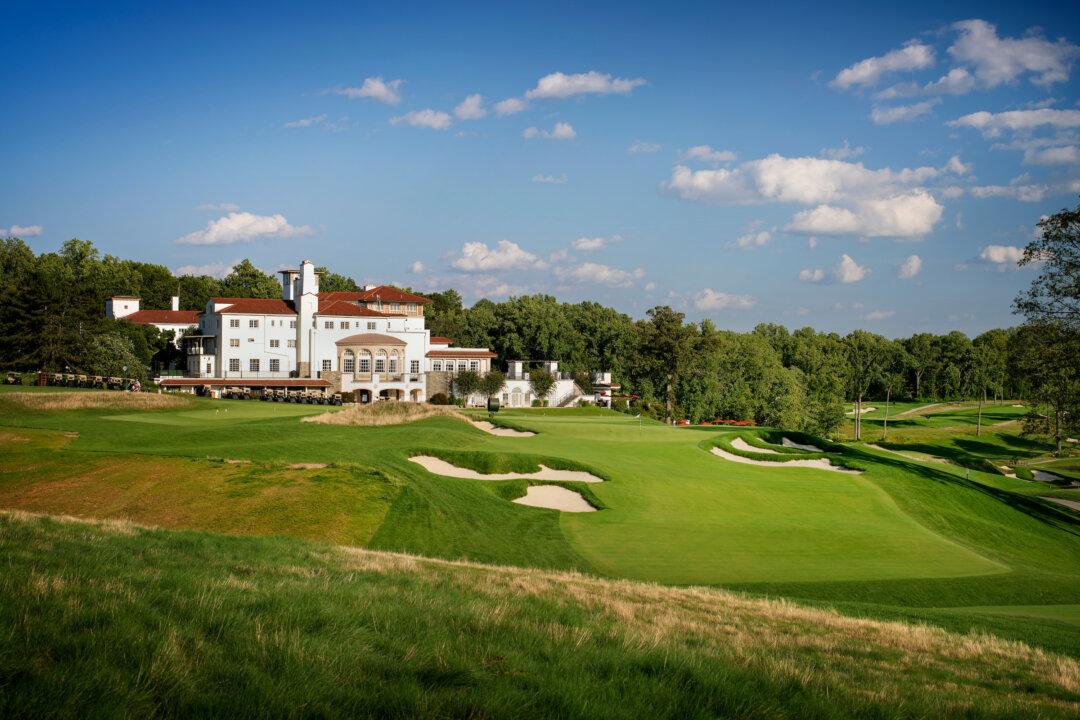I'll be the first to admit I’m enamored with golf—but I favor the traditional version. The one played outdoors with 18-holes included.
I’m a baby boomer, so unquestionably, my understanding of golf is filtered through that lens. Other strategies are now being put into place to shape golf’s future in new groundbreaking ways. They include a laser-like focus on engaging younger players and bringing them into the sport.
Business-wise, golf surged in the post-pandemic world. Credit the ease of social distancing on the course for that.
However, the 21st century has added a few complications to a sport in which leisure time was previously carried out in a “leisurely” manner.
The time clock now says 2025. Golf, a game invented by the Dutch and adopted by the Scots several hundred years ago, faces new realities and more complex challenges.
Golf needs to provide a meaningful connection to a younger generation that wants to embrace a sports connection, but on its own terms.
Specifically, that means aligning golf with other time-sensitive needs that are being balanced through a time-crunched 24-hour window.
For many non-golfers under the age of 35, the sport is still viewed as dad or grandad’s game. It’s seen as s-l-o-w and d-u-l-l.
But there’s a movement afoot to change that perception.
Enter the world of simulated golf.
If you venture to Seoul, you will find young people clamoring to get into “screen golf” cafes to play indoor simulated golf. In fact, there are more screen golf cafes in South Korea than Starbucks franchises.
Simulated golf essentially involves hitting a golf ball into a large video screen with computer-designed holes to play.
Playing the traditional game of golf in South Korea is a prohibitive option for many. It’s expensive and means setting aside large chunks of time to play.
Simulated golf provides 100 percent certainty when held against the vagaries of problematic weather conditions. There’s also the condensed time factor. One can play a simulated round of 18 holes in easily half the time it would take in traditional golf.
Golf is now adjusting itself to the needs of a new customer base rather than the other way around. The latest chapter in that effort took place this week in Florida.
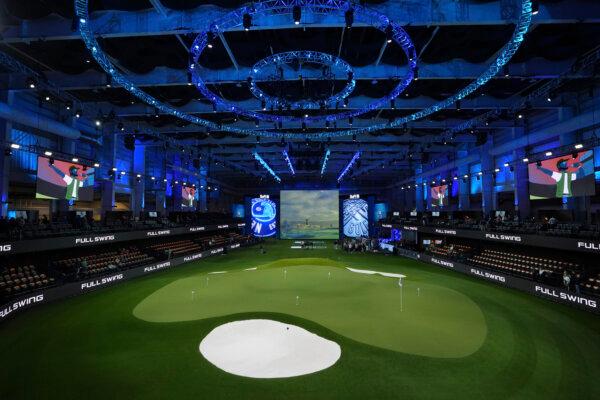
Six established TGL teams represent cities around the United States. Each team consists of four PGA Tour players, with three designated players competing in head-to-head 15-hole matches. The format of the competition begins with 9 holes of alternate shots in which all three players rotate, followed by 6 holes of individual matches with each player playing 2 holes.
Each hits golf shots into a 64-foot-high simulated screen with a range of computer-generated golf holes. Think of traditional golf meeting up with Star Wars.
Once players are within 50 yards of the hole, they transition from a prepared area inside the arena to a “Green Zone” that features a 3,800 square foot putting surface that can be changed for each hole with various contours provided to confound the players.
The opening act Tuesday had Shane Lowry, Ludvig Åberg, and Wyndham Clark as members of the Bay Golf Club against Xander Schauffele, Matthew Fitzpatrick, and Rickie Fowler representing the New York Golf Club.
The contest was lopsided with the Bay easily vanquishing New York by a score of 9–2.
Woods and McIlroy are both scheduled to play for their respective teams later this month.
The contest was watched by 1,500 people—at $160 per ticket. The atmosphere was stadium-like. Players entered the arena in gladiator-like mode with smoke emanating and lights rapidly flashing on and off.
The organizers kept the pace brisk with a 40-second shot clock. Teams also received time outs to take during the competition and a full statistical computer analysis was provided for each shot hit.
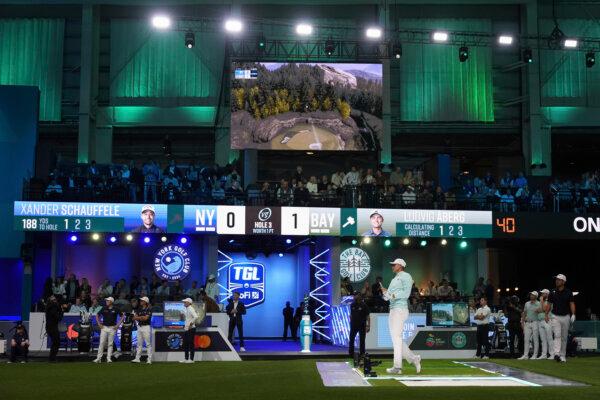
Well Financed and Partnered
TGL is well financed. The deep-pocketed crowd includes John Henry’s Fenway Sports Group, Steve Cohen, Arthur Blank, Marc Lasry—all members of the Strategic Sport Group that invested $1.5 billion into the PGA Tour a year ago. Other investors include NBA star Steph Curry, retired tennis star Serena Williams, and baseball stars Shohei Ohtani and Mike Trout, along with NFL quarterback Josh Allen.Team golf is not a new development, but only the biennial Ryder Cup matches have lit an intense flame of global fan interest. LIV Golf has included team golf, but that novel addition has yet to generate anything close to a spark of attention.
One of the issues LIV Golf faced when starting was not having a prime media delivery partner for its telecasts. TGL smartly engaged ESPN and the matches will be shown on its various platforms—often in prime time.
The league has been in the works for a few years. The original plan was for it to launch last January, but a roof collapse slowed construction and organizers pushed the debut back to 2025.
All of the matches are scheduled from January through March using the Monday / Tuesday time slot. The timing keeps TGL from conflicting with weekly PGA Tour events and provides avenues for the competing players—many of whom live in the greater Palm Beach area—to compete in both.
Will It Deliver?
Even with all of these aspects in place, will the spectacle of giant-sized simulator golf through TGL really do what it seeks to accomplish?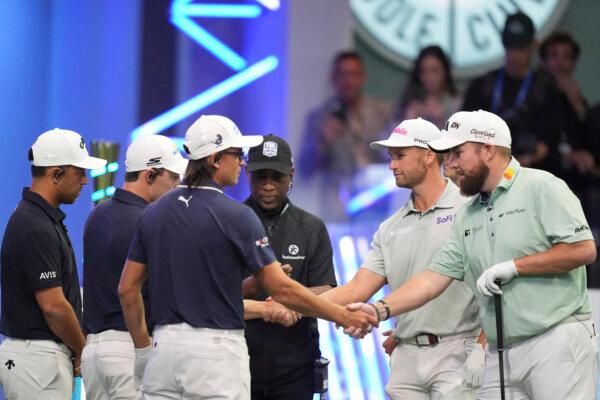
Authenticity. It’s the keyword on which all sports are predicated. But failure to adapt as needed can mean a lack of relevance to potentially newer audiences. Golf is now trying to thread the needle—keeping the core game as is by adding more bandwidth for others to join via simulators.
Other ingredients within the sport have been added to stir the golf pot. Topgolf has attempted to shake the staid driving range model. Other golf options have included short courses and those with less than 18 holes.
Attention spans are ever problematic in today’s hectic world. Golf has a dedicated core group of participants but will traditionalists embrace TGL? More importantly, will those under 35 seek out the sport and make it a part of their lifetime recreational pursuits?
Woods was upbeat on the potential.
“It’s not traditional golf, yes. But it is golf. And that’s the main thing,” he said on the ESPN broadcast.
That’s certainly true. And the word golf has as its first two letters—“go”.
One can credit TGL with pushing boundaries. The bridge to a new younger generation of players is now picking up speed. Will younger players hop on for the ride or will they demonstrate a confounding desire to remain mercurial?
TGL Teams
• Atlanta Drive Golf Club: Justin Thomas, Patrick Cantlay, Billy Horschel, Lucas Glover• Boston Common Golf Club: Rory McIlroy, Hideki Matsuyama, Keegan Bradley, Adam Scott
• Jupiter Links Golf Club: Tiger Woods, Max Homa, Tom Kim, Kevin Kisner
• Los Angeles Golf Club: Collin Morikawa, Sahith Theegala, Justin Rose, Tommy Fleetwood
• New York Golf Club: Matt Fitzpatrick, Rickie Fowler, Xander Schauffele, Cameron Young
